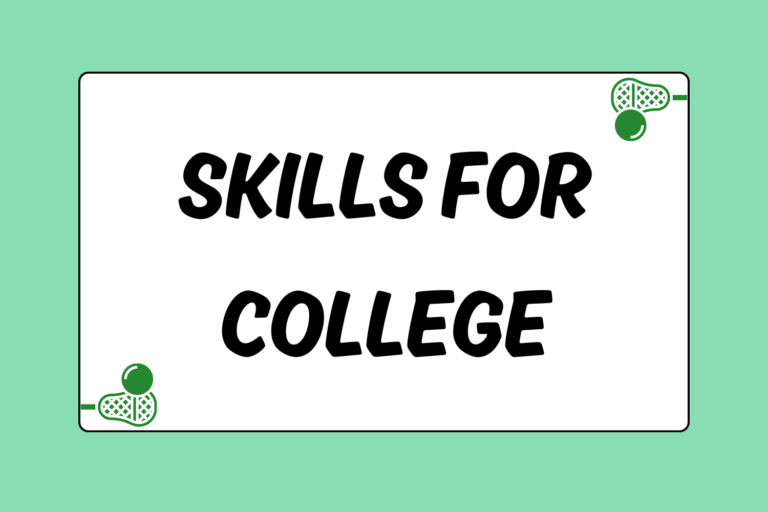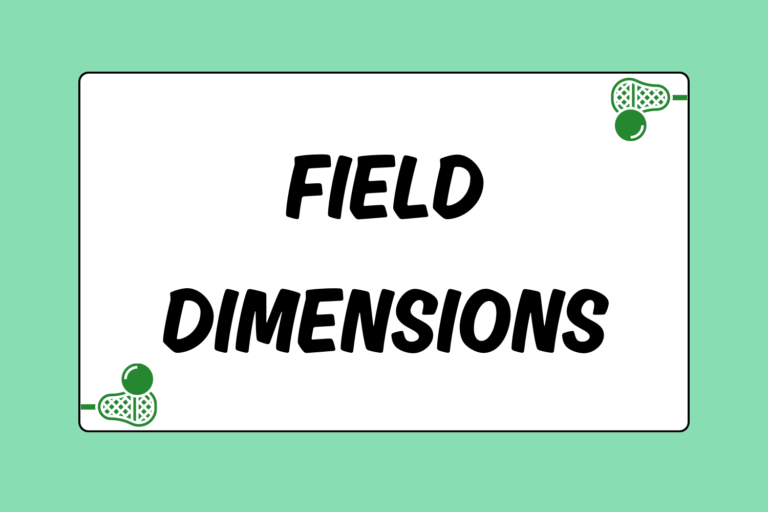The ability to shoot accurately and powerfully with time and room is a weapon that every offensive player should possess. The keys to shooting effectively are proper footwork and upper-body technique. The motion is very similar to a baseball pitcher throwing out of the windup – a large step into the shot and the dominant throwing hand coming over the top of the shoulder.
Let’s take a look at proper technique for time and room shooting.
Where You Will be Open
Chances for time and room shots occur when an offensive player beats his man on the way to the goal and draws a slide (or maybe two) This should free up players from their defenders and open up areas on the field to set up for a shot. Playing off the ball, you need to be aware of when and where your defender is going to slide. To make yourself a target of the feeder, follow the slide about five yards behind and not going full speed, making sure to move your feet towards the ball. Five yards should be an adequate cushion to give you the space to be able to set up and let it rip. Time and room shots almost always occur in the space that a defender slid from when going to double-team.
Moving to the Ball
Always move to the ball when readying to shoot. Make the most of your space, and make things difficult for a defender coming from behind for the second slide. Standing still enables the help defender to get to the shooter faster.
Lower Body
With poor footwork, you can kiss that team scoring championship you were hoping to win goodbye, as most of your shots won’t even come close to the cage. Most of your shot power is generated in the lower body. Footwork comes into play as soon as you are catching the ball. For the purposes of this guide, let’s assume that the shooter is right-handed.
The first thing to do is to make sure to catch the ball with your left foot slightly in front of your right foot and with your hips turned about 90 degrees to your right. This will allow you to have your feet already in the correct places for shooting when the ball gets to the stick. As the ball is about to enter the pocket of your stick, soften your grip a little and move your hands back toward your right side.
Some shooters use what is known as a “hop-step” as a timing mechanism for releasing the ball. Just as the ball gets to the stick, they will take a small hop-step forward as they load up their hands and arms for the shot. This allows the shooter to have his feet properly placed as his upper body readies to release the ball.
You’ll want to be sure to take a big step in to the shot with your front foot, and to point your big toe on the front foot toward the goal.
Upper Body
Having your upper body in sync with the lower body will lead to your shots finding their way into the net. The first thing to remember with the upper body is that shot power and accuracy comes from your torso and lower body working together and maintaining proper form.
As you ready to step into your shot, you should load up the hands and arms. Your grip should be towards the bottom of the stick, with your dominant hand about 4-6 inches above the bottom hand. You’ll want your stick to be perpendicular to your body (90-degree angle from your chest), with your arms pointing the stick directly opposite the goal, behind your body. With your eyes on the goal, your chin should be touching your left shoulder, with your arms right around chest level.
The ideal release point is somewhere around a 3/4 release, or halfway between the straight over the shoulder and sidearm shots. This combines the good elements of both types of shots by allowing you to keep most of your accuracy. It will also generate good velocity through torque in the hips and torso with the lower angle release.
You’ll want to start moving the hands and arms forward as your weight begins to transfer from back foot to front on your step into the shot. As your hips begin to torque, your torso should follow right in line, and the motion should propel your arms forward, with your top hand moving over the right shoulder. There should be a kind of natural progression from feet to hips to torso to arms, guiding and carrying your hands to the right place at the right time. Keep your elbows up and bent, and let your body carry the stick over your shoulder.
A good follow-through with the hands and arms is also vital in ensuring good results for your shots. When you get your hands out in front and the ball is about to be released, you’ll want to snap your wrists slightly downward. Your follow-through should end with your chin almost touching your right shoulder, and your stick down somewhere around waist level.
Picking Your Spot
Now that the proper form is taken care of, let’s go over some pointers on making sure the ball ends up in the open spot in the goal.
As you ready to shoot, see the open spot in the goal that you want to hit and visualize the ball going directly in that spot. Pick a corner that looks open and pop that ball right in there. Visualization leads to improved accuracy, since you won’t just be firing without a specific target in mind.
The first thing to look for is whether the goalie has to move from one side of the cage to the other. This will frequently happen on a feed from the X-attackman, as the goalie will have to be square to the shooter. Whenever possible, shoot to the side or area that the goalie came from. The goalie’s momentum will be taking him away from that spot, and it will be very difficult for him to get back quickly to make a save.
Another thing to consider is whether or not there are any defenders between you and the goal. If a defender is around five yards in front of you, a hard setup showing a shot will generally freeze him, since no one really wants to get hit by a hard shot. One of two things should generally happen at this point: The defender will duck his head, allowing you to see the goal, or he will lunge out at you. Once the defender is frozen, he’s pretty much at your mercy. If he ducks or stands still, go ahead and let it fly. If the defender lunges out at you, use his momentum against him by face dodging to slip right past him for a higher-percentage shot.
Hot Tip: Sticking to Fundamnetals
- Footwork is key
- Read the goalie
- Visualize where you want the shot to go
- Chin on shoulder
- Snap the wrists
Let it Fly!
A great time and room shooter can really scare coaches and players on the opposing sideline. He must be accounted for at all times, and can open up tons of scoring chances for teammates by drawing maximum attention from the defense. With adequate practice time, and a commitment to learning proper technique, anyone can become a long-range sniper. Just don’t forget to work on your finishing from in close, too! We also have a guide for that so be sure to check it out.





